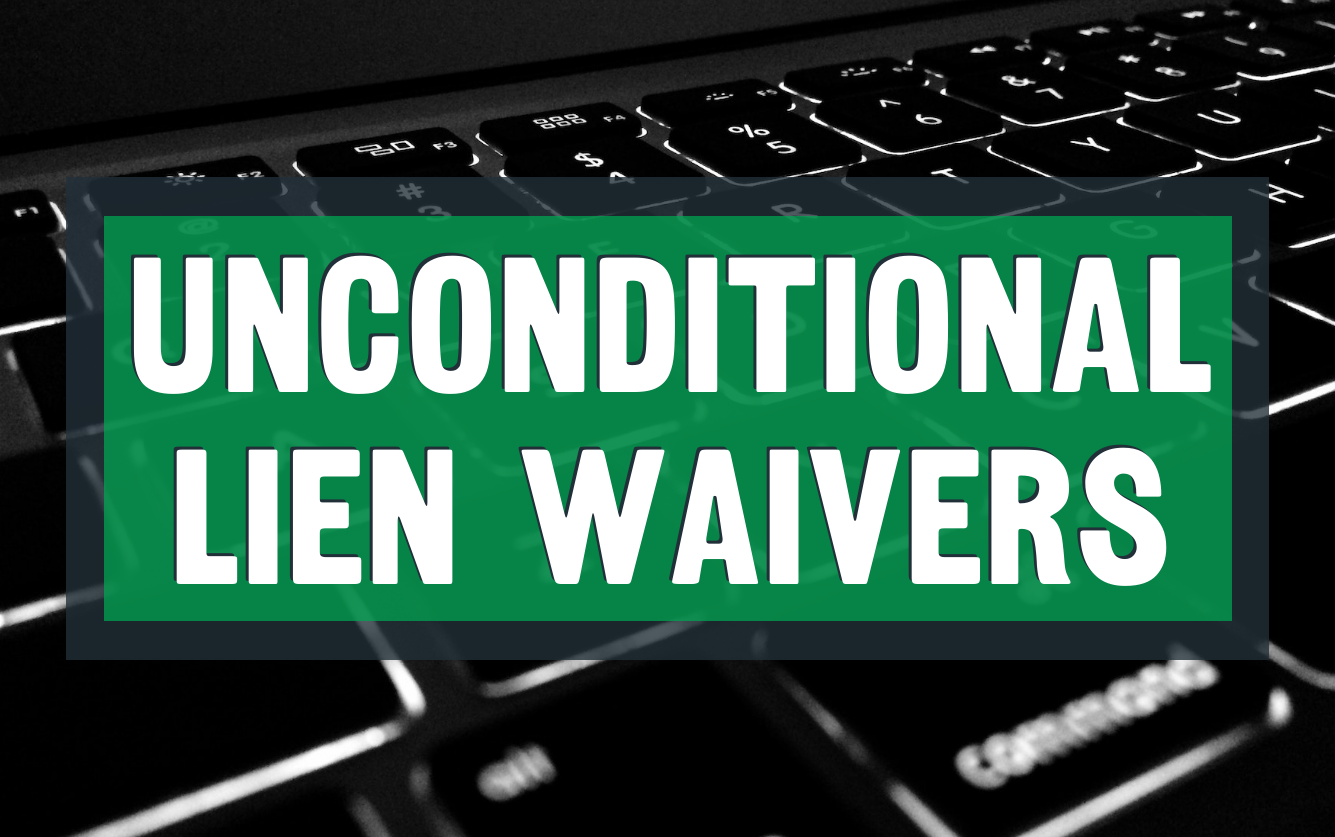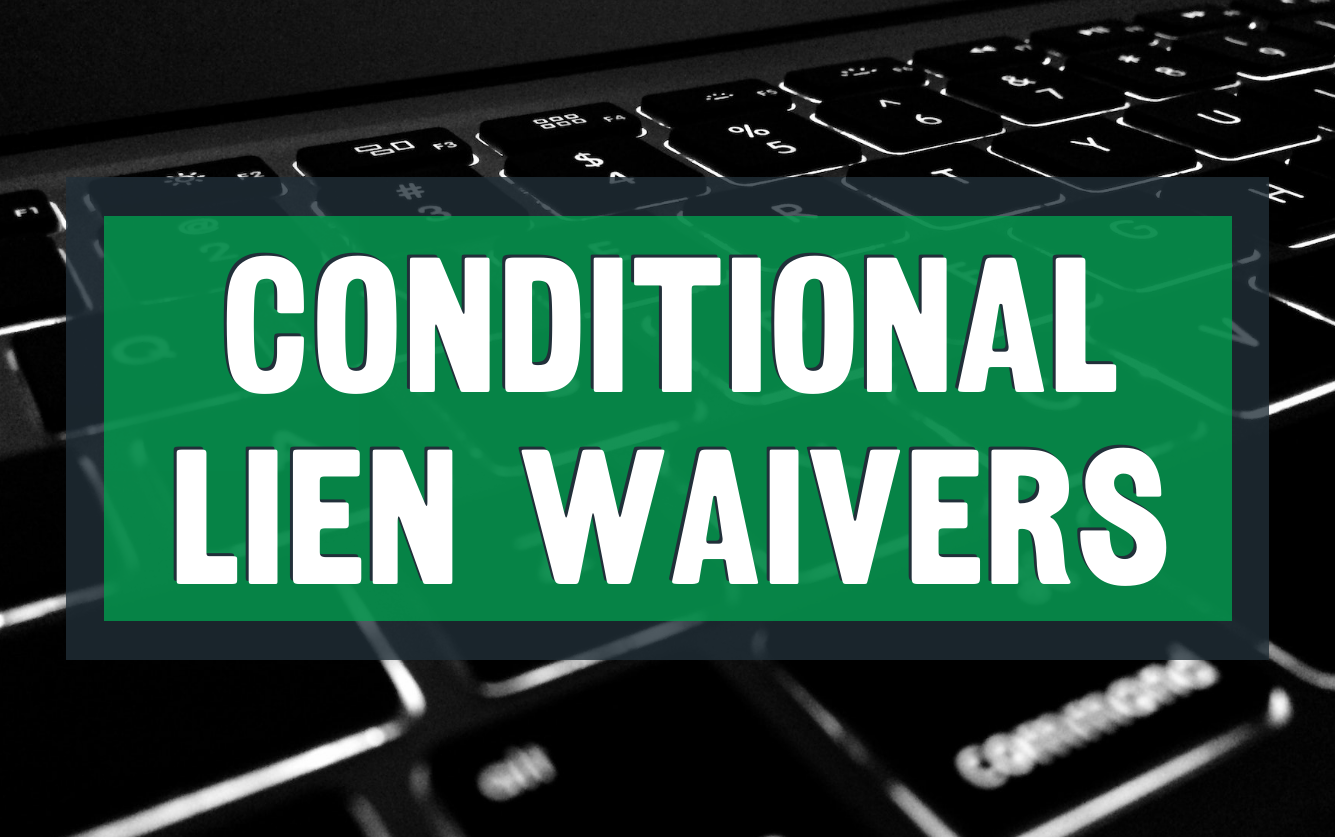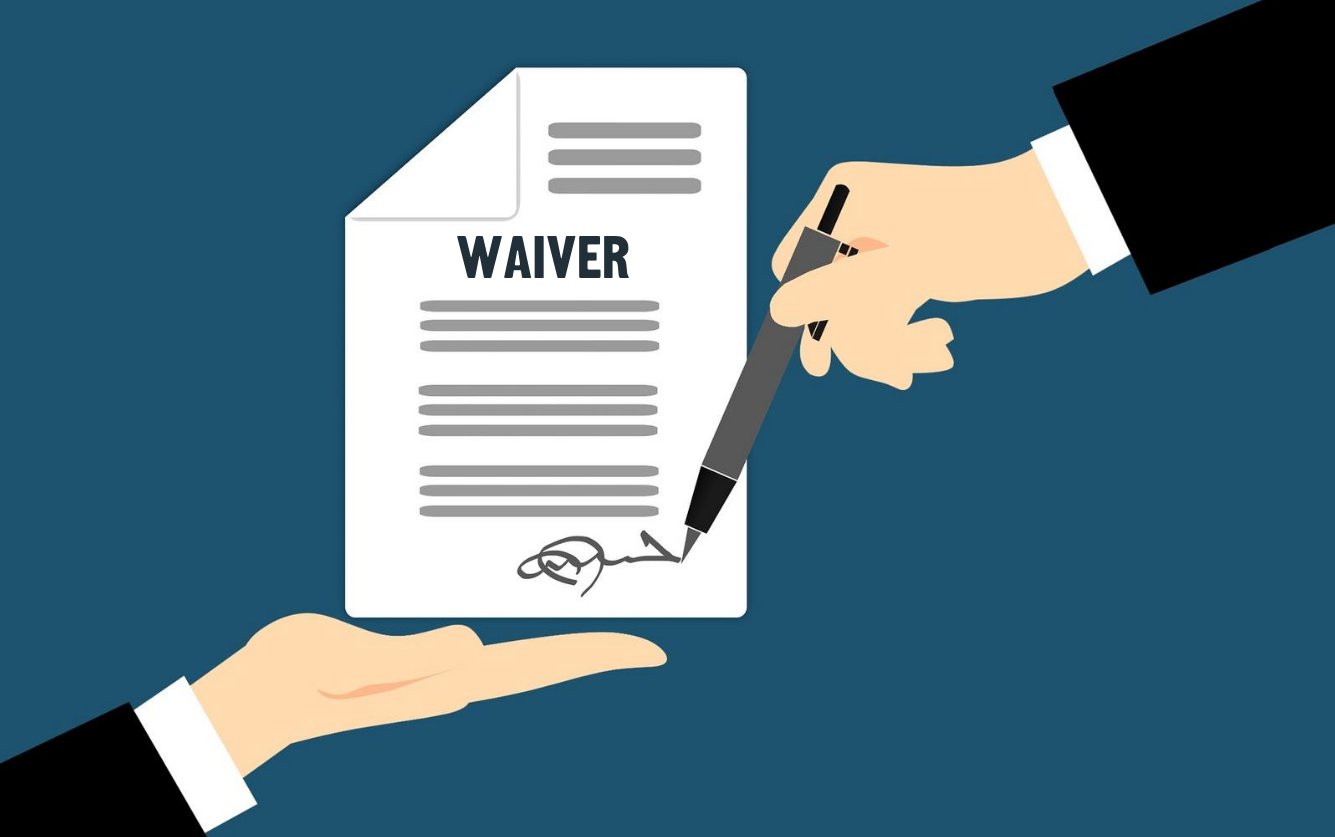Lien Waiver Language: Unconditional
Lien Waiver Language Part 2: Unconditional Lien Waivers Every lien waiver should clearly identify the property name & project location, the debtor’s...

“Watch your language!” Does it sound like I’m having flashbacks to my rowdy unruly teenage years; my dad hollering when I got a bit too sassy? Maybe. But today I’m ignoring those flashbacks and focusing on watching my lien waiver language. Lien waiver language is easily overlooked or ignored, despite its critical role in the security of your mechanic’s lien rights. Today we’ll review lien waiver language and a true story of a waiver that prevented one claimant from leveraging its mechanic’s lien.
Every lien waiver should clearly identify the property name & project location, the debtor’s name (your customer), the invoice or purchase order number, the payment amount and the disputed claim amount. If the lien waiver is for partial payment, you should also include the payment period or a through date.
There are four primary types of lien waivers:
A spin on another phrase from my youth: waste not, want not. While I may find it entertaining, I’m reasonably certain the subcontractor in today’s case isn’t as amused. (You can view the case here.)
The subcontractor (sub) & general contractor (GC) executed an agreement which stated the sub would perform all work necessary for a lump sum amount. Within the contract there was additional language stipulating the sub would do whatever it takes to maintain the project schedule & the GC would not be charged.
“The Subcontractor is responsible to mobilize as many times as necessary to conform to job site conditions and the project schedule. Any fees associated with these mobilizations are to be covered by this Subcontractor. The GC and client will not incur any costs associated as a result of these mobilizations.”
Throughout the course of its work, the subcontractor executed lien waivers for various pay periods. Here’s language from the lien waiver:
“… the undersigned acknowledges and agrees that it will have received payment in full, less retainage withheld, for all services and work performed and all materials and equipment furnished or stored in connection with the construction of the Project through the Period Ending Date, and hereby now and forever waives, releases and quitclaims, with respect to the Project, all claims and rights to claim against the Contractor, the Owner, the Lessor, the Lender or the land upon which, or the improvements within which, the Project is situated, except for retainage withheld… “
Well, as you might have guessed, the relationship between the sub & GC grew tenuous and the GC terminated the sub. The sub sought recovery of $626,340 in “delay damages for change order requests… an alleged unpaid balance of the Subcontract.” Unfortunately, the sub was barred from pursuing the claim. Why?
It’s all in the lien waiver. And frankly, it’s pretty clear –
“…that it will have received payment in full, less retainage withheld, for all services and work performed and all materials and equipment furnished or stored in connection with the construction of the Project through the Period Ending Date, and hereby now and forever waives, releases and quitclaims, with respect to the Project, all claims and rights to claim against…”
The sub waived its rights to claims when it executed the waivers. According to the court opinion “In each of the written releases, Metro certified that, ‘there are no additional costs or claims for any extras or additional for work, services, material and/or equipment on the Project.’” And, in case there was any doubt on the waiver language, the court furthered “there is no ambiguity in the releases here…”
Now, in this case the sub had two documents working against its claim: the subcontract and the lien waivers. But the court opinion was clear, even without the terms of the subcontract, the executed waivers barred the sub from pursuing it’s claim.

Lien Waiver Language Part 2: Unconditional Lien Waivers Every lien waiver should clearly identify the property name & project location, the debtor’s...

Lien Waiver Language Part 1: Conditional Lien Waivers We’ve previously discussed the 4 primary types of lien waivers; today we’d like to discuss...

The 4 Primary Types of Lien Waivers Lien Waivers are common in construction credit. Project owners will often require lien waivers from contractors,...